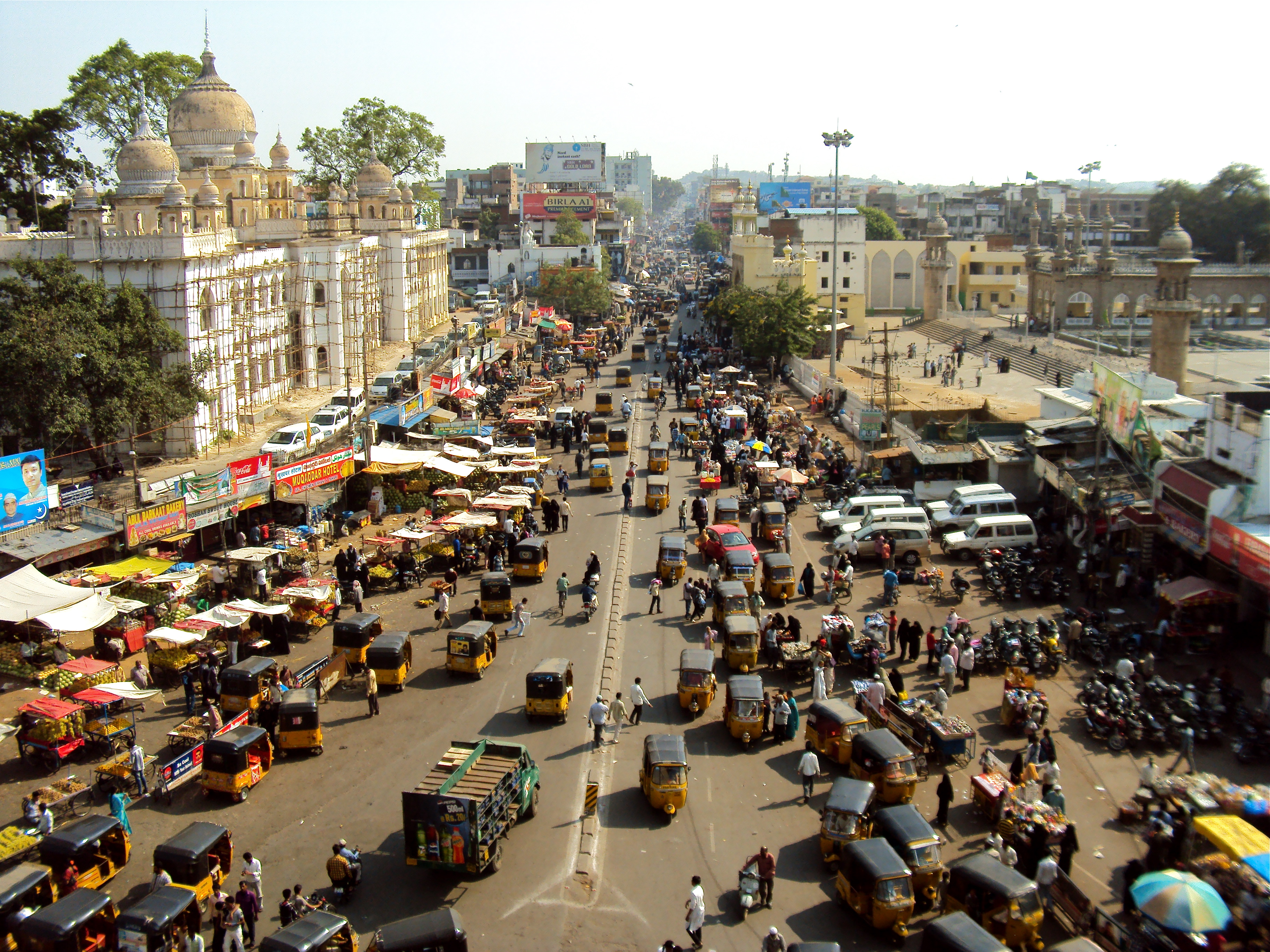The bus and the beginning
I love watching and talking about international films, and while the breadth of my appreciation circumvents the globe, the weight of it hovers over India. This was not always the case, though, and I didn’t even finish the first Hindi-language film I tried to watch. That was a few weeks before moving to India. It would be a few months before I saw one again, before I was nestled in my seat on an overnight bus, careening through the midnight air of India’s starlit countryside.
For someone budget traveling through India, an overnight bus beats the costs of flying and the far-in-advance planning required of trains. All in all, it’s a pretty great deal, save for two exceptions: trip times are long (sometimes even fifteen hours), and onboard bathrooms aren’t available. Rather, the bus makes a single pit stop in the earliest hours of the morning at a roadside dhaba, a rest stop where travelers converge around plastic tables and colorful food, bringing tales of where they’ve been and plans for where they’re going.
For me, immediate plans generally involved finding the nearest bathroom, which varied in availability and attractiveness. Even still, I loved these places. I loved sitting in the bustle of other travelers, breathing in the fresh air, and knowing that other than being in a dhaba, I had no idea where I was. I just knew I was somewhere exciting, on my way to adventures unknown.
Before and after a dhaba visit, bus trips drag along. The bus is dark, as is the road, save for the light emitted from passing lorries, towering trucks brightly lit, colored, and garlanded from top to bottom. It was in these circumstances, bored, reclined, and fearing nature’s calling, that I watched a full Hindi film for the very first time.
Bus movies play from televisions hanging from the cabin’s ceilings. Their opening scenes offer the first indication of their linguistic origin, of whether everyone on the bus will understand them, or perhaps just a few. This is because India, while having no national language, has around twenty widely spoken languages, with local dialects expanding that number past an easy count. Among these, many have lent themselves prolifically to India’s differing film industries, each coalescing around major cities throughout country. At the time of my travels, though, such nuances mattered little, as no amount of high school Spanish was going to help me.
Instead, I was left grasping at characters, plots, and dialogues through a dense curtain of linguistic opacity. Even with subtitles, following such things can prove an uphill battle, but without them, the hill gets much steeper. I was on my own, a non-Hindi speaker in a moving Hindi theater.
Regardless, guessing plots was one of the more enjoyable activities I could choose from. And so started my schooling in Indian cinema, built on a curriculum as weaving as the midnight roads of southern India, and as seemingly disjointed as the films before me. And I must admit, I didn’t start out the determined student I like to think I am today, but it sure beat the bus’ rattling engine songs and my bathroom-focused anxiety.
Photo: Hyderabad, the starting place for many of my travels
